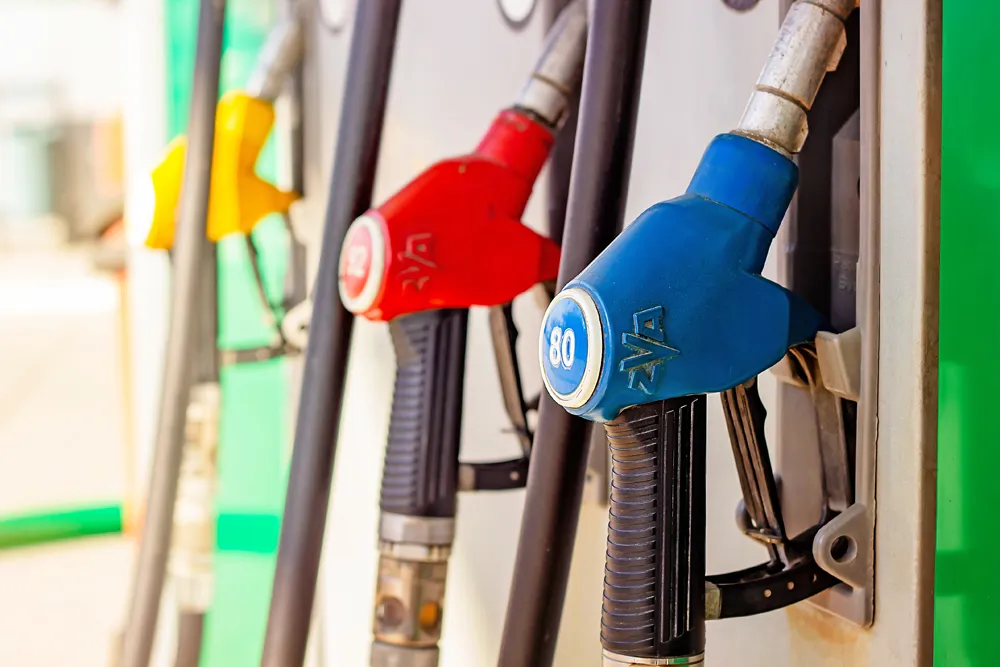According to researchers at the University of Michigan, the 2022-2025 fuel-economy (CAFE) standards for light-duty vehicles, which were reaffirmed by the EPA on 30 November 2016 in the midterm evaluation of the standards, will substantially reduce future fuel consumption and emissions, even if the future vehicle mix (cars vs light trucks) does not change.
However, in addition to these direct benefits, indirect benefits can also be expected via the influence of more stringent standards on the future mix o
December 16, 2016
Read time: 2 mins
According to researchers at the University of Michigan, the 2022-2025 fuel-economy (CAFE) standards for light-duty vehicles, which were reaffirmed by the EPA on 30 November 2016 in the midterm evaluation of the standards, will substantially reduce future fuel consumption and emissions, even if the future vehicle mix (cars vs light trucks) does not change.
However, in addition to these direct benefits, indirect benefits can also be expected via the influence of more stringent standards on the future mix of vehicles produced (and sold). For example, more stringent standards will likely increase pressure on automobile manufacturers to produce (and sell) vehicles with high fuel efficiency and thus increase marketing efforts (incentives, production goals, etc.) for cars (and especially small cars), which tend to be the most fuel-efficient gasoline- and diesel-powered vehicles for sale today. Thus, it is reasonable to postulate that the vehicle mix under the 2022-2025 standards will contain proportionally more cars and less light trucks than would have been the case without these standards in place. In turn, proportionally more cars among new vehicles would indirectly reduce the fuel consumption by the new-vehicle fleet.
This brief report calculated the amount of fuel consumed by different production mixes of cars and light trucks. The calculations were performed for one- and four-year periods. The results indicate, for example, that if the production mix were to stay the same as the model year 2015 mix of 57.4 per cent cars and 42.6 per cent light trucks, compared to a possible mix of 40 per cent cars and 60 per cent light trucks without the new 2022-2025 standards, the fuel saved by the new vehicles during the first four years would amount to 3.3 billion gallons of fuel.
However, in addition to these direct benefits, indirect benefits can also be expected via the influence of more stringent standards on the future mix of vehicles produced (and sold). For example, more stringent standards will likely increase pressure on automobile manufacturers to produce (and sell) vehicles with high fuel efficiency and thus increase marketing efforts (incentives, production goals, etc.) for cars (and especially small cars), which tend to be the most fuel-efficient gasoline- and diesel-powered vehicles for sale today. Thus, it is reasonable to postulate that the vehicle mix under the 2022-2025 standards will contain proportionally more cars and less light trucks than would have been the case without these standards in place. In turn, proportionally more cars among new vehicles would indirectly reduce the fuel consumption by the new-vehicle fleet.
This brief report calculated the amount of fuel consumed by different production mixes of cars and light trucks. The calculations were performed for one- and four-year periods. The results indicate, for example, that if the production mix were to stay the same as the model year 2015 mix of 57.4 per cent cars and 42.6 per cent light trucks, compared to a possible mix of 40 per cent cars and 60 per cent light trucks without the new 2022-2025 standards, the fuel saved by the new vehicles during the first four years would amount to 3.3 billion gallons of fuel.








